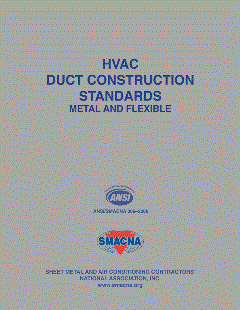As shelter-in-place directives and orders took effect across northern counties in California, contractors and local and state officials are trying to decipher the definition of “essential” in the unprecedented response to curtail COVID-19.
Alameda, Contra Costa, Marin, Monterey, Sacramento, San Francisco, Santa Clara, Santa Cruz, San Mateo and Sonoma counties all issued shelter-in-place directives or orders. An orders requires residents to stay home except to obtain or provide essential services, which currently includes construction affecting public works and infrastructure, while directives are a recommendation.
San Francisco’s shelter-in-place ordinance allows work to continue on construction of public works, housing, airport operations, water, sewer, gas, electrical, oil refining, roads and highways, public transportation, solid waste collection and removal, internet and telecommunications. Work must comply with social distancing standards where possible.
March 17 was business as usual for most Bay Area construction firms, says Peter Tateishi, CEO of Associated General Contractors of California, but he said many are confused by the directive’s lack of specifics and are questioning whether governments will clarify the definition of essential work.
In addition, questions abound as to whether shelter-in-place orders allow workers to cross city and county lines to work in areas with different directives.
Generally, residents who live in a county subject to shelter-in-place orders must stay home, except to travel to essential services, including work that provides one of those services, says Daniel Engler, partner at San Francisco’s Cox Castle and Nicholson who specializes in real estate transaction law.







